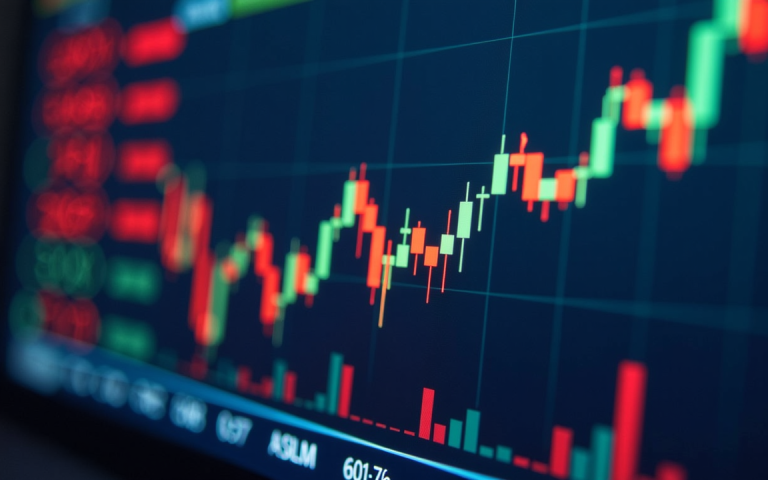Enterprise software stocks found themselves in the market’s spotlight on Thursday after ServiceNow posted stronger-than-expected earnings and guidance, reassuring investors that the sector might offer a rare bright spot in an economy clouded by rising tariffs and recession fears.
Shares of ServiceNow soared more than 15% to close at $938.57, their biggest one-day gain in over a decade, making the company the top performer in the S&P 500.
The surge followed Wednesday’s after-hours release of its first-quarter results and an upbeat forecast for subscription revenue.
Demand for ServiceNow’s workflow automation offsetting macro hurdles
ServiceNow’s management projected subscription revenue growth ahead of expectations, suggesting the company can maintain momentum even if corporate budgets tighten due to macroeconomic uncertainty, including the latest round of US tariffs introduced by President Donald Trump.
“Solid execution and demand for ServiceNow’s workflow automation platform is providing a meaningful offset to an otherwise challenging macro environment,” said BofA Securities analyst Brad Sills, who raised his price target on the stock from $1,025 to $1,085.
Goldman Sachs went further, boosting its target to $1,150 and praising the company’s ongoing expansion into artificial intelligence and its monetization potential.
The optimism surrounding ServiceNow rippled through the software industry, pushing shares of Salesforce, Adobe, Intuit and Microsoft higher.
Investors welcomed the sector’s resilience at a time when other parts of the market have struggled to cope with policy shifts and inflationary pressures.
SAP helping firms keep supply chains resilient
Also supporting the positive sentiment was German software giant SAP, which reported better-than-expected results earlier in the week.
SAP’s Chief Financial Officer Dominik Asam noted that the company hasn’t yet seen a significant impact from US tariffs, adding that its outlook was based on “visible and hard data.”
SAP CEO Christian Klein told CNBC that recent discussions with US clients revealed increased reliance on software tools to navigate a more complex global trade environment.
“What they are telling me is, ‘your software is now more relevant than ever,’” he said, pointing to SAP’s role in helping firms keep supply chains resilient and cost-competitive across borders.
Klein added that the company’s confidence in its growth trajectory remains strong, allowing SAP to reaffirm its annual guidance despite the uncertain economic backdrop.
Analysts urge caution as policy risks loom
While investors cheered Thursday’s gains, some analysts warned that the current momentum might not last if global policy uncertainty persists.
“Our field checks suggest that the environment for closing enterprise deals is indeed becoming more difficult,” Macquarie analyst Steve Koeing wrote.
He noted growing caution among large enterprise customers, many of whom are wary of making major software commitments amid fears of supply chain disruption and trade volatility.
With more software companies set to report earnings in the coming days, investors will be closely watching whether the sector can maintain its performance — or whether recent gains will prove short-lived as macroeconomic challenges deepen.
The post From ServiceNow to SAP: how the software sector is offering hope to investors amid economic jitters appeared first on Invezz










